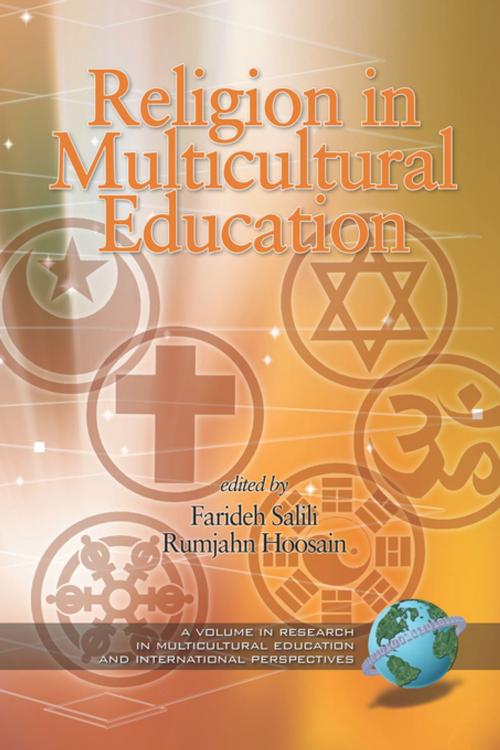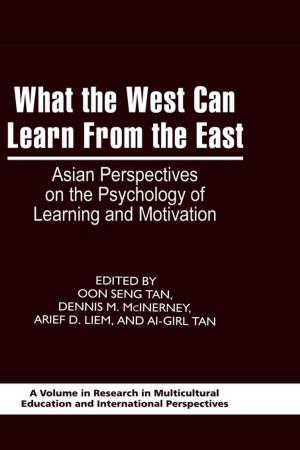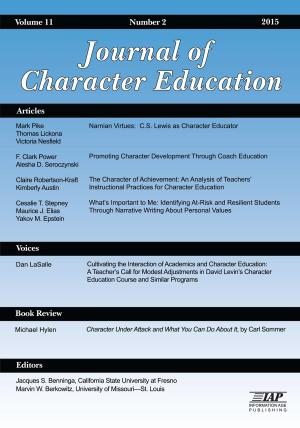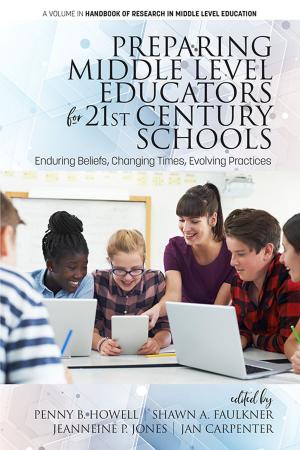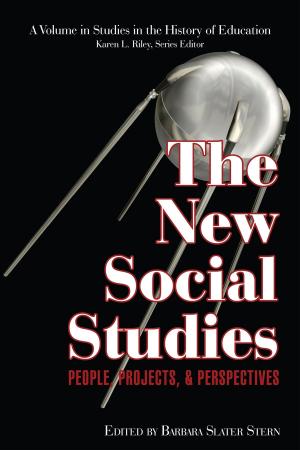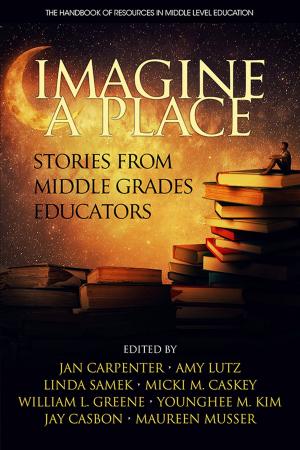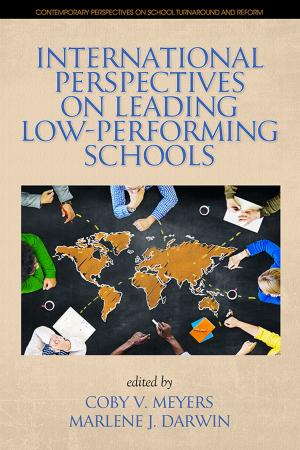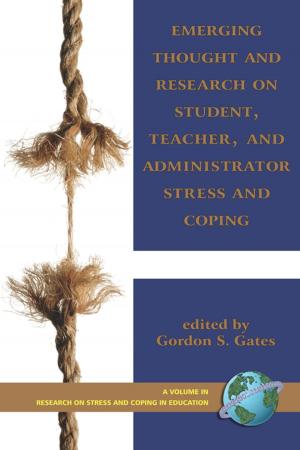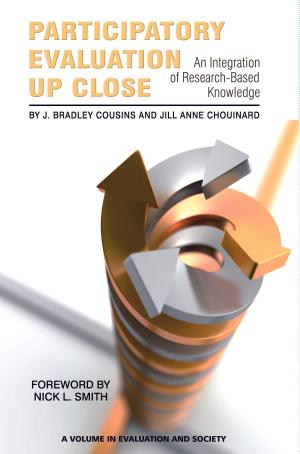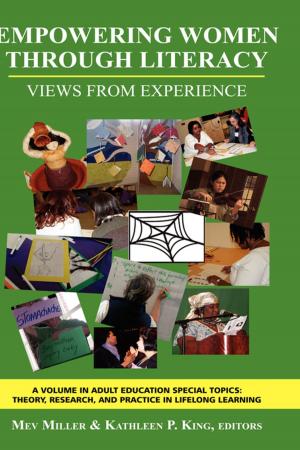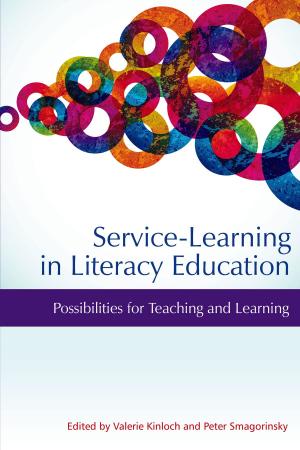Religion in Multicultural Education
Nonfiction, Reference & Language, Education & Teaching, Educational Theory, Multicultural Education, Aims & Objectives| Author: | ISBN: | 9781607527213 | |
| Publisher: | Information Age Publishing | Publication: | May 1, 2006 |
| Imprint: | Information Age Publishing | Language: | English |
| Author: | |
| ISBN: | 9781607527213 |
| Publisher: | Information Age Publishing |
| Publication: | May 1, 2006 |
| Imprint: | Information Age Publishing |
| Language: | English |
The National Association for Multicultural Education in Washington, D.C., listed a number of issues that the school curriculum should address with reference to multicultural education, including racism, sexism, classism, linguicism, ablism, ageism, heterosexism, and religious intolerance. It is noteworthy that of all these issues, religion is about the only one that throughout history people are willing to die for, although whether what is at issue is really religion or other things such as territory is another matter. It is also interesting that all the others have isms in their names but religious issues are characterized by intolerance. Perhaps we should try to understand this intolerance and look at what steps might help to alleviate it. However, while intolerance might seem a simple thing, understanding what is behind it and how it plays such a crucial role in religion requires what we refer to in the Introduction chapter as a multifaceted approach at multiple levels. It is not enough just to try to dispel stereotypes of followers of other religions, or to point out commonalities in world religions. We should, for example, try to understand and appreciate how adherents of other religions try to answer questions regarding their adaptation to the contemporary environment. It is through understanding how different religions coexist side by side at various levels that we truly come to learn about religion in multicultural education.
The National Association for Multicultural Education in Washington, D.C., listed a number of issues that the school curriculum should address with reference to multicultural education, including racism, sexism, classism, linguicism, ablism, ageism, heterosexism, and religious intolerance. It is noteworthy that of all these issues, religion is about the only one that throughout history people are willing to die for, although whether what is at issue is really religion or other things such as territory is another matter. It is also interesting that all the others have isms in their names but religious issues are characterized by intolerance. Perhaps we should try to understand this intolerance and look at what steps might help to alleviate it. However, while intolerance might seem a simple thing, understanding what is behind it and how it plays such a crucial role in religion requires what we refer to in the Introduction chapter as a multifaceted approach at multiple levels. It is not enough just to try to dispel stereotypes of followers of other religions, or to point out commonalities in world religions. We should, for example, try to understand and appreciate how adherents of other religions try to answer questions regarding their adaptation to the contemporary environment. It is through understanding how different religions coexist side by side at various levels that we truly come to learn about religion in multicultural education.
